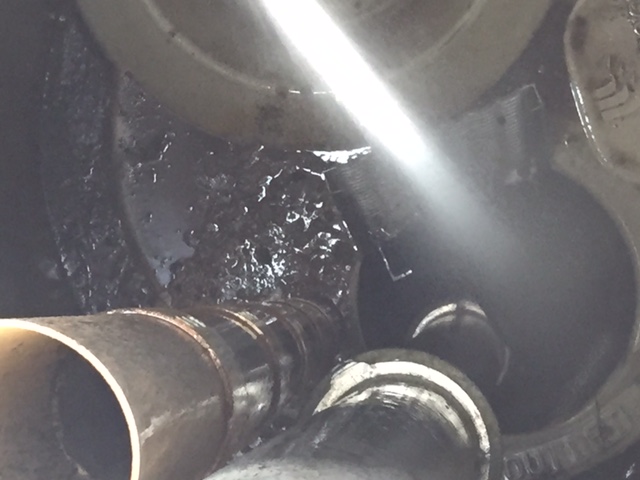
We often talk about services designed to remove excess debris and sediment. It’s important to understand what sediment is, where it comes from and how it does more than simply clogging your tanks and pipes.
What is sediment?
Sediment is the result of soil erosion and decomposition of plants and animals. It consists of particles that are carried to rivers and lakes by wind, rain and ice.
Did you know the Environmental Protection Agency (EPA) considers sediment the most common pollutant in our rivers, streams, lakes and reservoirs? And 80 percent of ocean pollution comes from land—oil in the ocean is mostly the result of fertilizers and pesticides.
What is the impact of sediment on the environment?
Sedimentation that is not controlled can ruin the aquatic habitats of plants and animals. Particles that are picked up from the soil can contain contaminants caused by chemicals and other materials that can do serious damage to the environment. Sediment can:
- decrease the number of places where you can safely go fishing
- destroy coral reef communities
- cause changes in the migration of fish
- cause increases in erosion
- destroy wetlands
- upset the balance of nutrients in water and soil
- create all kinds of disturbances in the environment that can lead to diseases in humans
This is why sediment and other debris removal is essential in keeping the planet clean and safe.
What is a sediment tank?
A sediment tank holds wastewater and stores it for a period of time to help remove loose particles. These particles may settle either at the bottom or the top of the tank where they will eventually be removed.
Types of sediment tanks
The two major types of sediment tanks are Primary and Secondary tanks. Primary tanks store water for a period of time. Sludge will collect on the bottom, where it will eventually be removed. And oil and grease will be collected from the top and removed.
There are many different types of sediment tanks based on shape and the way they operate. The most popular is the rectangular shape tank, which is the most widely used. It’s especially good for high-capacity plants. Another benefit of the rectangular tank is that it tends to keep maintenance costs low.
Other differently shaped tanks include circular and hopper bottom tanks. Depending on your needs, you may choose a Fill and Draw tank that stores water for 24 hours. Or you could have a Continuous Flow tank that doesn’t allow the water to rest, so particles tend to settle at the bottom. If you need a continuous flow tank, a circular shape is best for this type.
At Jolin Paving & Excavating, Inc. , we help you to remove liquid and solid non-hazardous waste, doing our part to help the environment. We go the extra mile at a reasonable cost in order to get the job done. Contact us today for a consultation!
Jolin Paving & Excavating, Inc. is your New England connection—serving Massachusetts, southern New Hampshire, Vermont, Maine and northern to central Connecticut and Rhode Island.
